What Lengths Did Petula Clark Go to to Keep a Scene With Harry Belafonte From Being Cut From Her TV Special?
Here is the latest in a series of examinations into urban legends about music and whether they are true or false. Click here to view an archive of the music urban legends featured so far.
MUSIC URBAN LEGEND: Petula Clark went to extreme great lengths to keep a scene between Harry Belafonte and herself in a TV special she made in 1968.
Petula Clark was one of the most popular recording artists of the 1960s (she already had had a long career by the time the 60s came around, as she had been performing professionally since the late 1930s, when she was only 7 years old!!! So she was one of the most world-weary Thirtysomething when she had her big hits int he 60s).
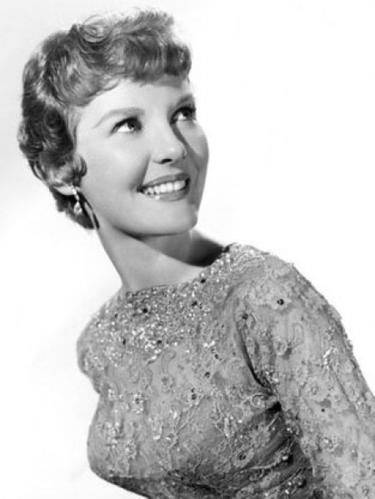
Her song “Downtown” was the biggest hit of her career, in 1964.
In early 1968, Clark was given the chance to host her own special on NBC. She had, as a guest star on the program, the popular singer and noted civil rights activist, Harry Belafonte.
The show made waves when, during the performance of an anti-war song written by Clark, “On the Path of Glory”, Clark locked arms with Belafonte.
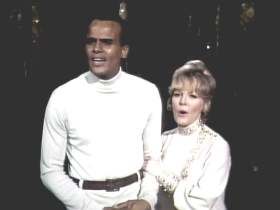
The program was sponsored by Chrysler, and a vice-president of the company, Doyle Lott, was present at the taping in early March of 1968.
He took issue with the “interracial touching,” and asked them to use a different take of the song (they had filmed a number of different takes). Clark and her husband (co-producer of the special), Claude Wolff, objected.
To make sure that they could not be overruled, Wolff told the producer of the special, Steve Binder, to actually DESTROY all other takes of the song! Binder checked with NBC, who said that they’d defer to whatever he decided to do. He agreed with Wolff. Binder later recalled telling the editor to erase the other takes and the editor actually made him sign a document attesting that Binder was taking full responsibility for the erasure of the other takes.
The whole situation made major public waves, and attracted a lot of publicity for the show.
Lott was let go by Chrysler on March 10, 1968.
The show aired on April 8th, 1968.

And the show aired with the “interracial touching” present, and, as you would imagine, no one really objected.
And the critics loved the show, particularly that performance.
So good on ya, Petula (and Claude Wolff and Steve Binder)!
The legend is…
STATUS: True
Feel free (heck, I implore you!) to write in with your suggestions for future urban legends columns! My e-mail address is bcronin@legendsrevealed.com
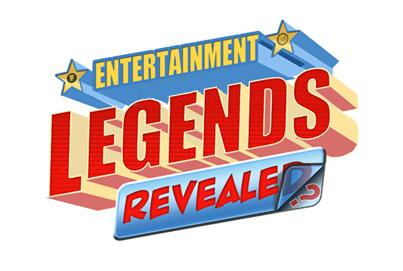

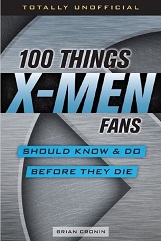
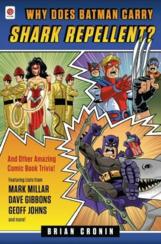


It’s amazing how racist some people could be and how many still are.
[…] do songs in French, English, Spanish, German, Italian. (An eye-opening story here about Petula Clark touching the arm of Harry Belafonte during a TV special in the U.S., and so […]
Tap dancer Arthur Duncan was the first African American to appear as a regular on an American TV variety show – Lawrence Welk.
At the end of every show, the cast and the audience would dance. I remember one show where there were a couple of shots (only a second or so each) that showed Duncan dancing with one of the white cast members.
I don’t know when this was but AFAIK, it was before the Clark-Belafonte show – and it didn’t happen again, at least not for years.
I did not know about that specific instance, Larry, but I agree that the odds are that another incident (lesser publicized, of course) that predated this one existed, which is why I made sure not to make any reference to it being the first time this happened (Petula Clark still makes the claim, though).
I was actually struck by the fact that the Clark incident happened the same year as The Kiss on Star Trek. It’s great that your research helps to put these things in some context as well as seeking the facts. Rumors and vague memories easily morph into accepted truth pretty quickly.
Today, with social media it’s perhaps a little easier to guage people’s reactions to media – even internal debates inside the companies sometimes get out. Back in the 50s, 60s etc. not so much. OTOH, as we’ve discovered, one has to judge social media responses with great care.
I don’t recall any reaction to the Duncan thing but I was a kid at the time, and we didn’t live in the “deep South.” I’m “sure” it happened and once thought of trying to contact him to verify – I think he’s still living. Of course, I “thought” Clark had kissed Belafonte until looking it up a few years ago. Also, I was one of those who thought I remembered seeing Carson’s lewd joke involving Zsa Zsa Gabor and a cat until I found it debunked on Snopes, so memory mileage definitely varies, making your work even more appreciated.